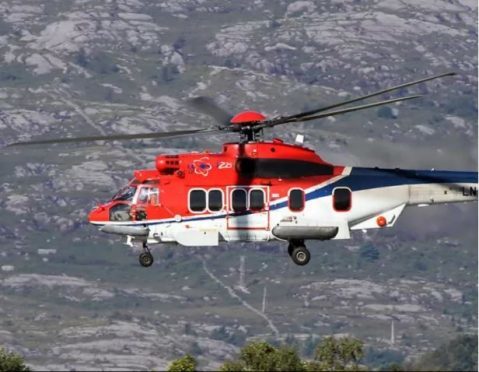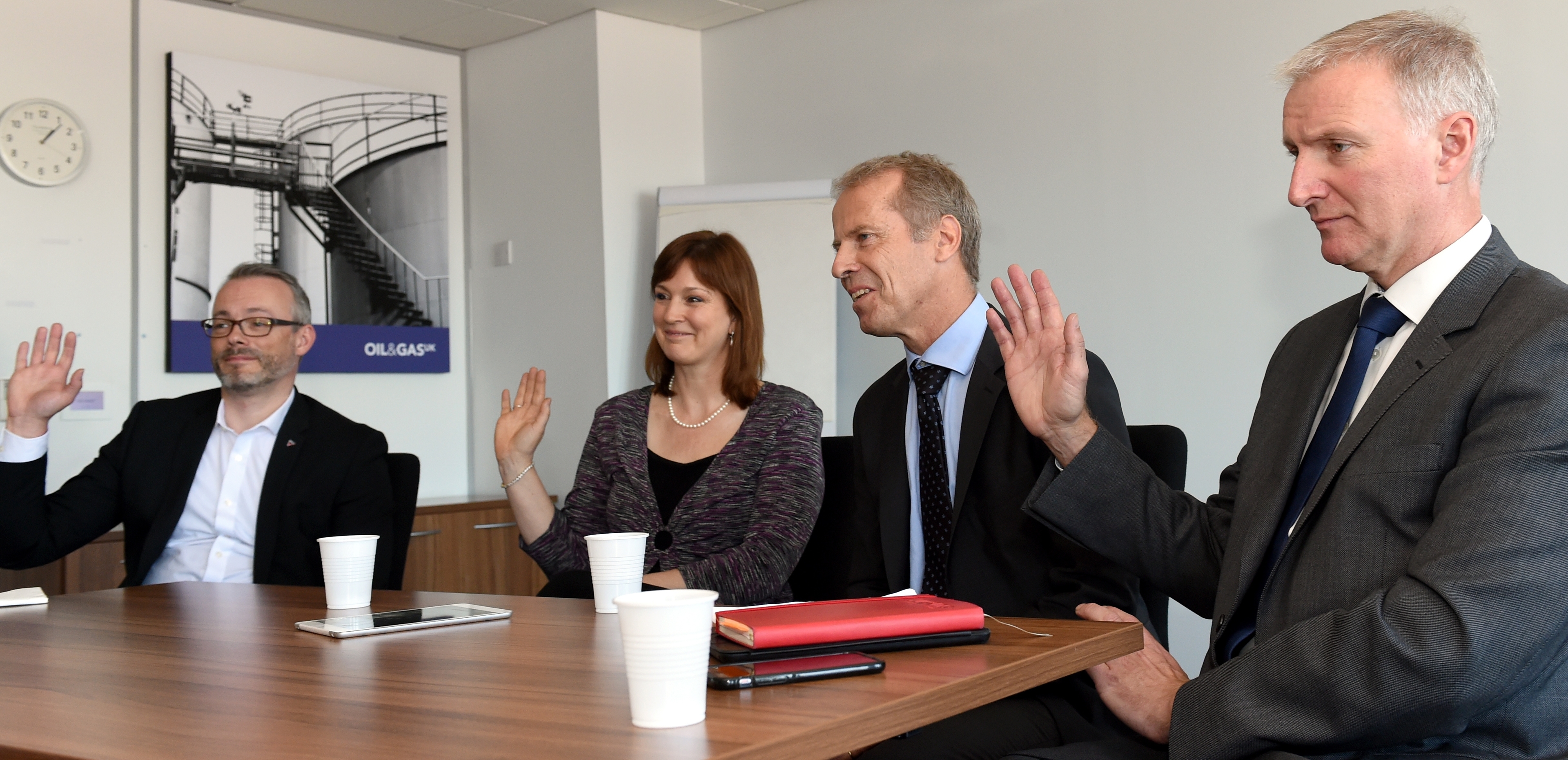Investigators probing a fatal helicopter crash have issued an urgent request to the European Aviation Safety Agency (EASA) to deem whether the Super Puma H225 should be immediately grounded.
The Accident Investigation Board Norway’s (AIBN) request comes after its preliminary report published yesterday detailed fatigue in the gearbox and a “catastrophic failure”, rendering early safety warnings “not effective”.
The move could see the entire global fleet of the H225s sidelined, according to Step Change in Safety executive director Les Linklater.
The findings were published just hours after four helicopter safety bosses – including Mr Linklater – backed the H225s and when asked, said they would be confident enough to put their own children in the aircraft.
Last night, the group backtracked and said they would have to wait for the EASA’s rulings before being able to answer the question.
The aircraft’s offshore services are currently grounded in the UK after 13 people were killed off the coast of Norway when it crashed onto a small island and caught fire in April. However, they are currently being used in search and rescue operations.
But those flights could be forced to stop depending on EASA’s forthcoming ruling.
Mr Linklater said: “This is no longer a UK issue. This is a global issue.”
AIBN’s report read: “Among the recovered parts were two pieces which together form approximately half a second stage planet gear. Examinations of these parts have revealed features strongly consistent with fatigue. The fatigue appears to have its origin in the outer race of the bearing (inside of the gear), propagating towards the web of the gear teeth. There is sign of spalling in front of the fracture surface.”
The AIBN said it felt the “findings to be of such significance that it has decided to issue the following safety recommendation to ensure the continuing airworthiness of the main gear box (MGB)”.
It added: “It cannot be ruled out that this signifies a possible safety issue that can affect other MGBs of the same type. The nature of the catastrophic failure of the LN-OJF main rotor system indicates that the current means to detect a failure in advance are not effective.”
Earlier yesterday, the Press and Journal’s sister website Energy Voice exclusively sat down with the safety and aviation chiefs at the core of the investigation into the tragedy.
Gilles Bruniaux, vice president of aviation safety for Airbus Helicopters; Gretchen Haskins, chief executive of HeliOffshore; Duncan Trapp, vice president of safety and quality for CHC Helicopters and Mr Linklater moved to assure offshore workers and their families that they were working to get to the “root cause” of the crash.
When originally asked to raise their hands if they would fly on the H225, all four did so.
When probed on whether they would allow their children to fly on the H225, all four leaders again raised their hands.
However, after the report was published the safety bosses said they would need to await the EASA’s ruling before answering the question.
In a statement, the four said: “The group has confidence in the system and the process that operates when any aircraft is suspended from service.
“We note the preliminary report from the AIBN, published on June 1. With regard to the H225, we await further information from EASA who, as the regulatory authority for aviation safety, is best placed to take appropriate action to ensure safe flight operations.”
However, they re-emphasised it would only strengthen their resolve to provide the industry with answers.
Mr Trapp said: “We have children. We have partners. Our crews have children. Our crews have partners. We are not in the business of putting anyone whether it’s a crew member or a passenger in something we don’t believe is fully airworthy and fully safe.
“So when we get to the root cause of this accident and when we’ve satisfied ourselves that the root cause has been addressed, then everybody is supportive of getting the 225 back in the air in the same way we’ve done with every other type of aircraft like this.”
All four leader did however concede reassuring the workforce of an H225 return would be a challenge.
But Ms Haskins said the industry would do whatever it takes to do so.
“The reason aviation has such a strong safety record is that it learns from events like this,” she said.
“We need to find the root cause to satisfy ourselves that it has been addressed, and then, we believe the evidence that will convince us is the same evidence that will convince the workforce.
“I am pretty confident they will go back up.”
Mr Trapp stressed the workforce’s concerns were not being overlooked, adding: “We won’t ignore them and we haven’t been ignoring them. We absolutely understand the sensitivities and the feelings back home with their families. They have to be confident that when they get on the aircraft that they’re going to be delivered to their workplace safely and brought home safely. That’s what we’re all about. That’s what we do every day.”

